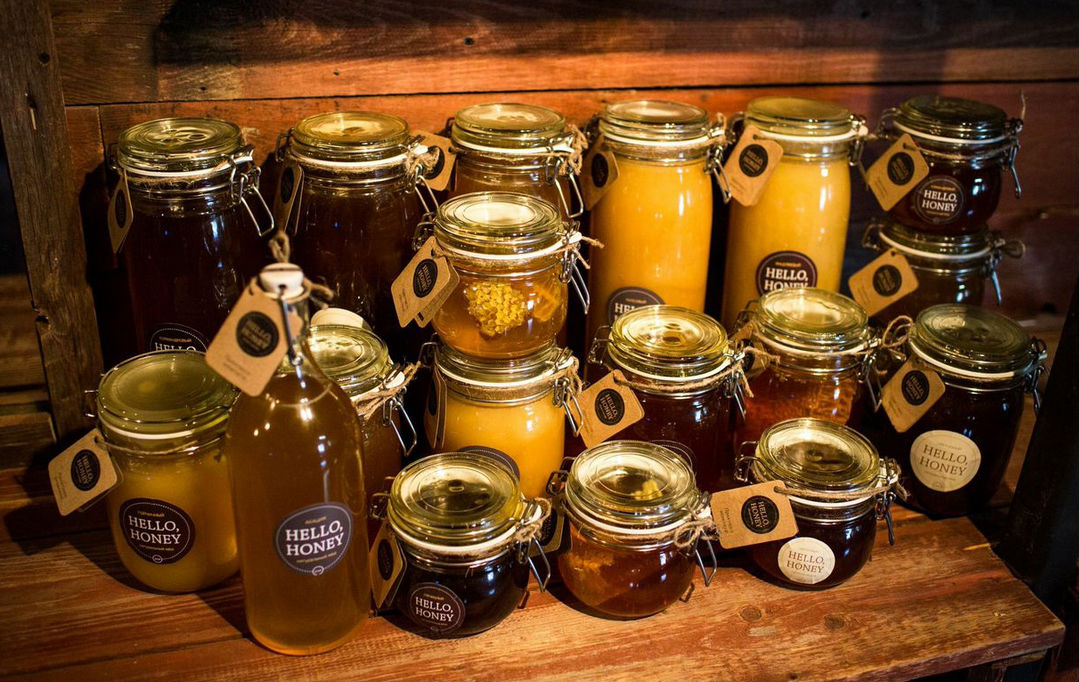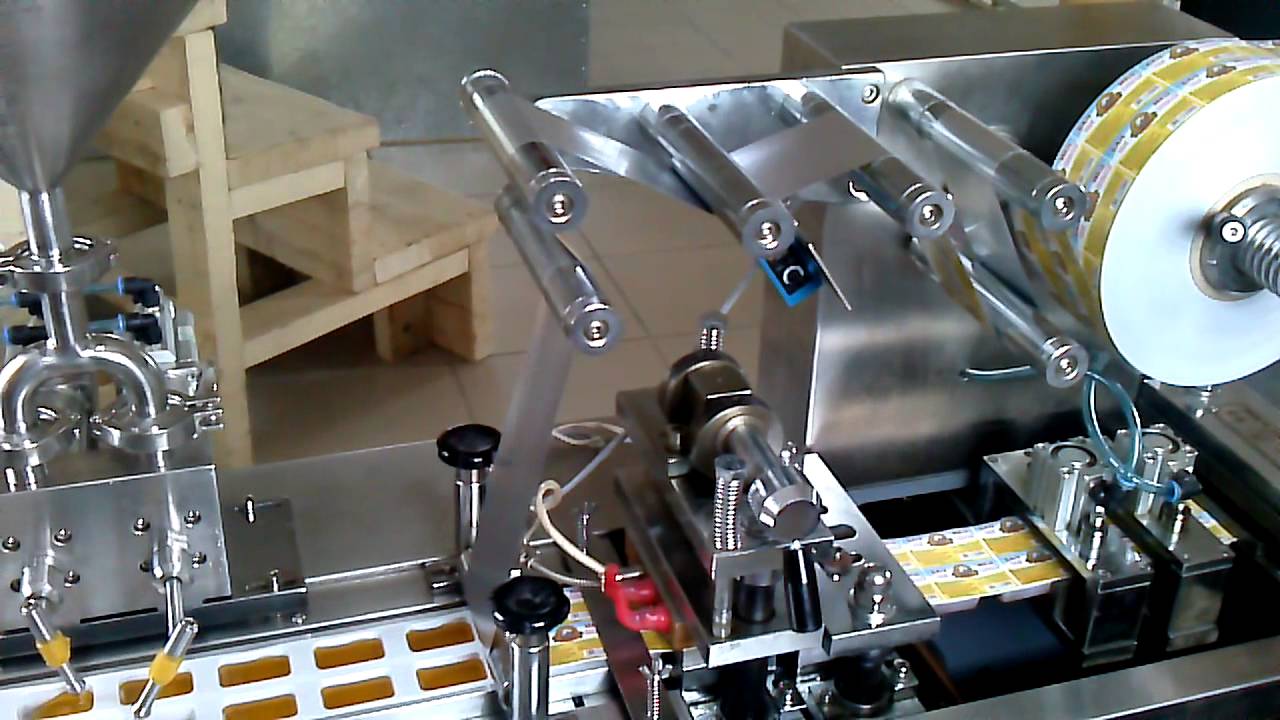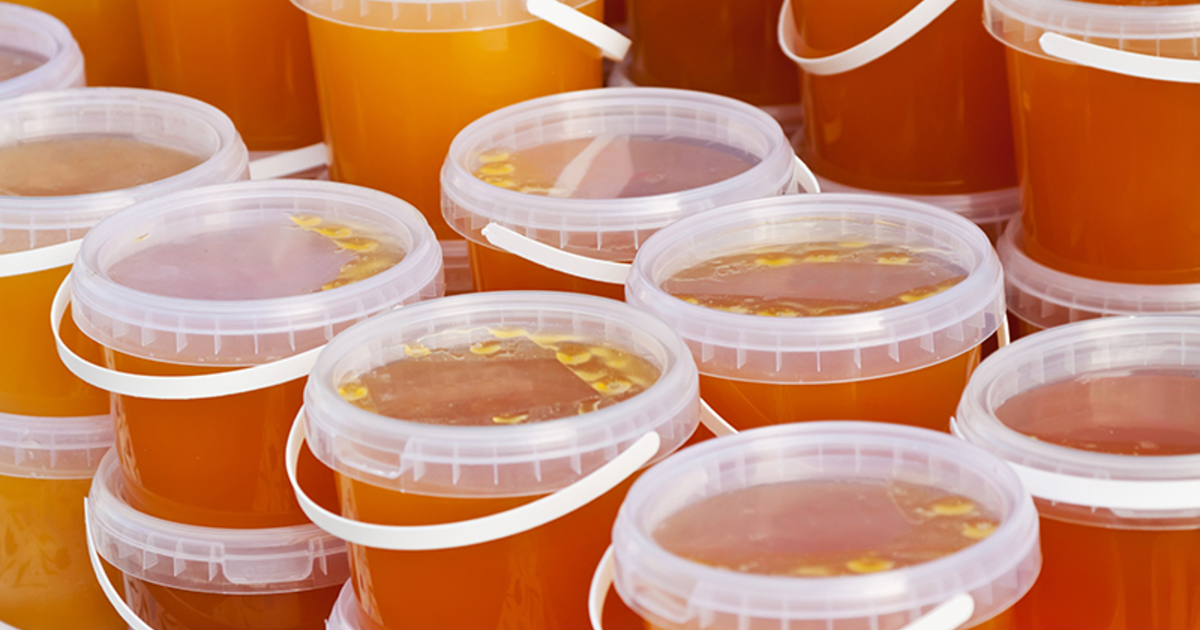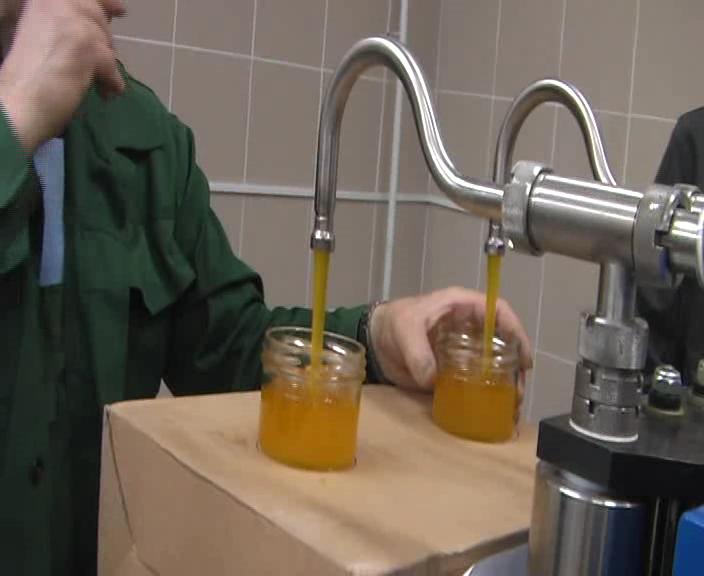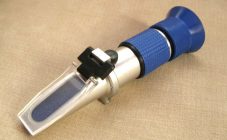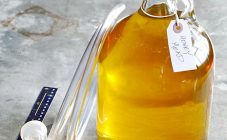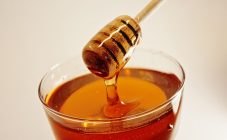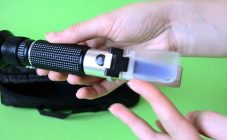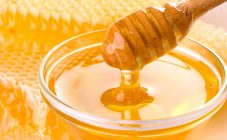Content:
Honey is a waste product of worker bees. Quality honey is a unique combination of sweetness and health benefits. Its use in traditional medicine truly knows no boundaries. Having acquired a quality product, the question arises of preserving its properties over time. The storage duration and prevention of product spoilage depend on the choice of the honey box.
Honey storage utensils
GOST R 54644-2011 describes the regulated criteria for choosing utensils for storing honey. The main requirement is the absence of any foreign smell in the container material. The volume of the dishes should not exceed three liters. The most important criterion for choosing cookware is the material of its manufacture.
Typically, a container for honey consists of two components: the container and the accompanying lid. Both elements must be approved for direct food contact. Honey dishes suitable for these conditions receive a certificate of compliance with GOST.
Based on GOST R 54644-2011, honey can be stored and sold:
- metal barrels, lacquered from the inside with a varnish coating, which has a certificate of conformity with GOST R 52267, GOST 13950;
- flasks cast from aluminum alloys or assembled from stainless steel sheets, according to GOST 5037;
- any types of glass containers blown in accordance with GOST 5717.1, GOST 5717.2;
- assembled from wood, permitted by GOST 8777, barrels with polymer-based liners;
- ceramic vessels glazed from the inside.
Without fail, any packaging for honey must be labeled indicating the material of manufacture and the possibility of using it in the food industry.
Honey offered for sale at fairs and artisanal markets can be bottled in various containers. This is usually glass or plastic. You can, without fear, purchase honey in glass containers.
When choosing a product in a plastic container, it is imperative to check for the “Suitable for food use” marking, since there are types of plastic for the non-food industry (paints and varnishes). If you doubt the quality of the plastic after purchase, you can pour honey into the proper quality dishes.
Honey packaging according to European standards
To prevent spoilage of the honey product and preserve it for a long period of time, it is necessary to comply with the regulated standards for the packaging and storage of honey in packaging, according to European standards.
Packing bee nectar
Packing honey begins with the need to clean the honeycomb by pumping nectar out of it. After that, to remove impurities, you can pass it through a sieve. For better cleaning, you can apply the method of settling impurities. In this case, the dirt will settle to the bottom, the clean product will remain on top.
After cleaning, a pasteurization procedure should be carried out to eliminate bacteria in the finished product. Then you can start packing.
The container intended for bottling should be placed in heated water. The water temperature should not be higher than 50-55 ° С. The packaging itself must be dry. In a dry container, there is less risk of bacteria growing in water. When choosing glassware, you should carefully consider the storage conditions. A sudden change in ambient temperature can lead to rupture of the container with packaged honey.
Choosing a box for honey
When choosing a box, you should pay attention to the closable containers. When stored in an open container, honey loses its aroma, absorbing third-party odors. The storage container should prevent direct sunlight from damaging substances that lead to the fermentation of the product.
Storing honey in its natural form (comb) is considered the most beneficial. However, the combs should be stored either in the hive or in a cool, dry, shaded area. The nuances of ceramic dishes include a loose lid. Careful selection of hermetically sealed clay containers will allow the quality of the product to be compared to natural storage.
When choosing wooden barrels, you should treat them from the inside with leak-proof wax or use polymer liners.
A glass container with a tight lid is an excellent storage option. In this case, remember to prevent the influence of sunlight through transparent walls.
When choosing enameled dishes, attention should be paid to the integrity of the coating. Chips can lead to oxidation of the metal and its effect on honey.
Equipment for packing honey
Packing honey for a small beekeeping farm, you can get by with manual labor, since the amount of work performed is small.
However, when an apiary is enlarged, engineering advances can be used to facilitate and automate manual labor. There are several types of equipment for conveyor packing of honey.
Honey filling machine
Machines for packing honey in containers of various denominations are popular. The automatic filling accuracy is ± 3 grams. In addition, it is possible to set the filling of various cans up to a height of 30 cm. The productivity of the machine with constant pump operation will be up to 300 kg of honey per hour.
The advantage of the machines is the ability to pump honey from container to container, indicating the volume of the passed product. Plus, you can whip honey to a creamy state to create honey-berry souffle compositions.
The advantages of the machine include the inclusion of the pouring mechanism from placing the container on the pouring table, which will save time on turning on / off the unit. In the same way, automatic weight measurement occurs and the filling process stops when the desired weight is reached.
Summing up, we can say that, in addition to extracting honey, it is necessary to follow certain standards in order to maintain the quality of the product. Containers for bottling honey must be airtight, protected from exposure to sunlight. Almost anything can be used from plastic to metal, except for zinc, lead, or copper containers. Glassware is considered the most environmentally friendly, but in this case honey must be stored in a dark place. When choosing plastic containers, you should protect the product from overheating, because, in addition to the loss of the qualities of honey, diffusion of polymer components into the nectar can occur.
Certified machines can be purchased at a specialized shop for beekeeping products. The possibility of changing the final weight of the poured honey and the container capacity will allow the use of dishes of different denominations. A variety of configurations from semi-automatic to conveyor units will allow you to make a choice based on individual needs and capabilities.
